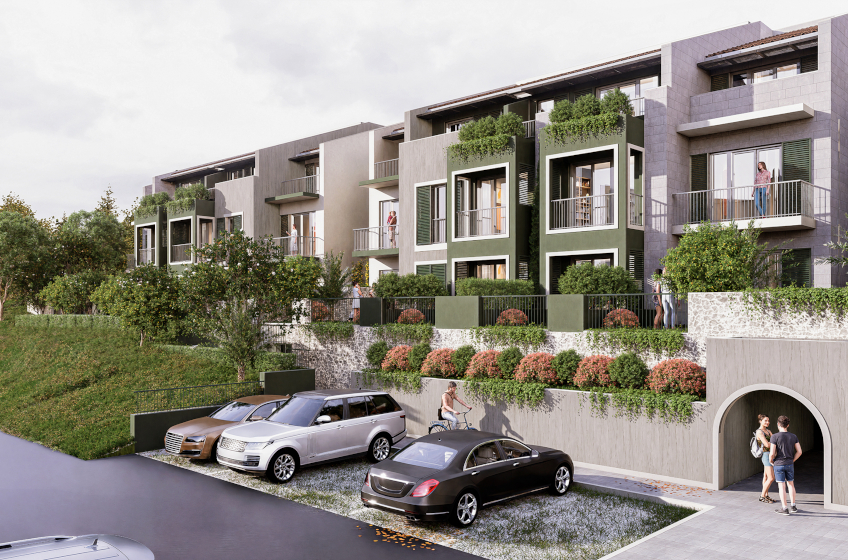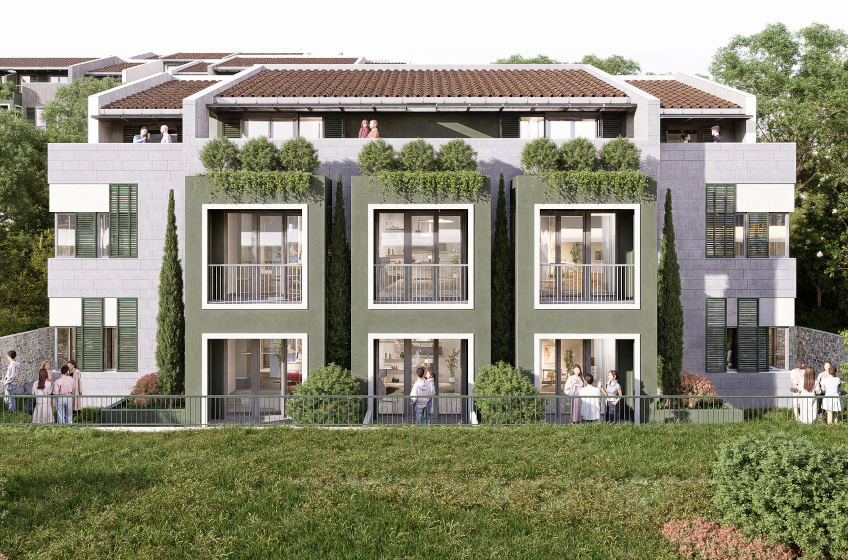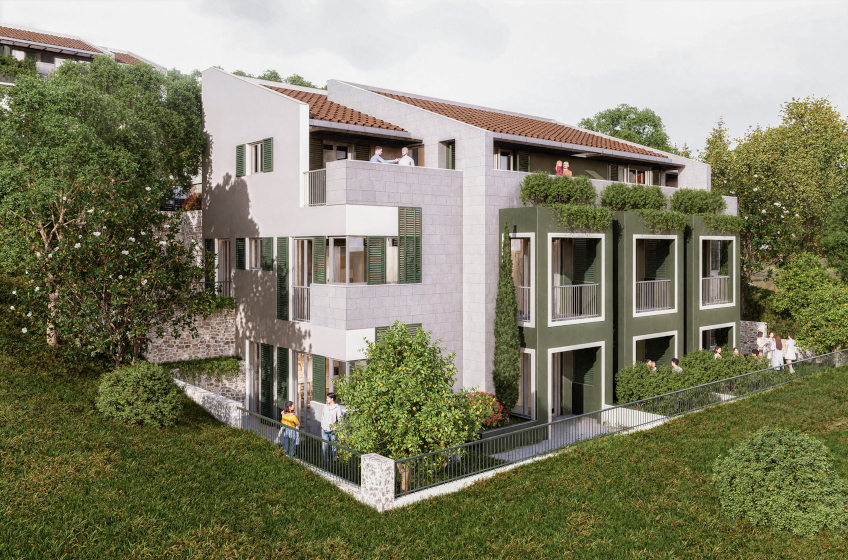Cetinje The Historical Heart of Montenegro
Located at the foot of Mount Torina, southeast of Podgorica, the capital of Montenegro, Cetinje is a city full of history, culture and natural beauty. Founded in the 15th century, Cetinje has been the political and cultural center of Montenegro for many years. With its historic buildings and fascinating natural landscape, Cetinje offers an in-depth journey into Montenegro's past and culture.
History of Cetinje
Cetinje was founded in 1482 as the first capital of Montenegro.
For centuries it was the scene of many wars with the Ottoman Empire.
Montenegro declared its independence in Cetinje in 1918.
Although in 1946 the capital was moved to Podgorica, Cetinje is still considered the cultural and historical heart of Montenegro.
Places to discover in Cetinje
Cetinje Monastery: One of the most important centers of the Montenegrin Orthodox Church.
Njegos' Tomb: The tomb of Petar II Petrovic Njegos, Montenegro's greatest poet and writer, is located on Mount Lovcen at the top of Cetinje.
King Nikola Palace: The palace, which was the residence of King Nikola of Montenegro, now serves as a museum.
Academy of Wisdom: The first university of Montenegro, this academy was founded in 1863 in Cetinje.
Cetinje National Park: The mountains around Cetinje offer a natural beauty full of forests and lakes.
How to get to Cetinje?
You can rent a car to Cetinje from Podgorica Airport (TGD) or there are buses from Podgorica to Cetinje.
Cetinje is the perfect place to explore Montenegro's historical and cultural heritage. With its fascinating history, lush green nature and hospitable people, Cetinje offers an unforgettable travel experience.
Cetinje The Historical Heart of Montenegro








